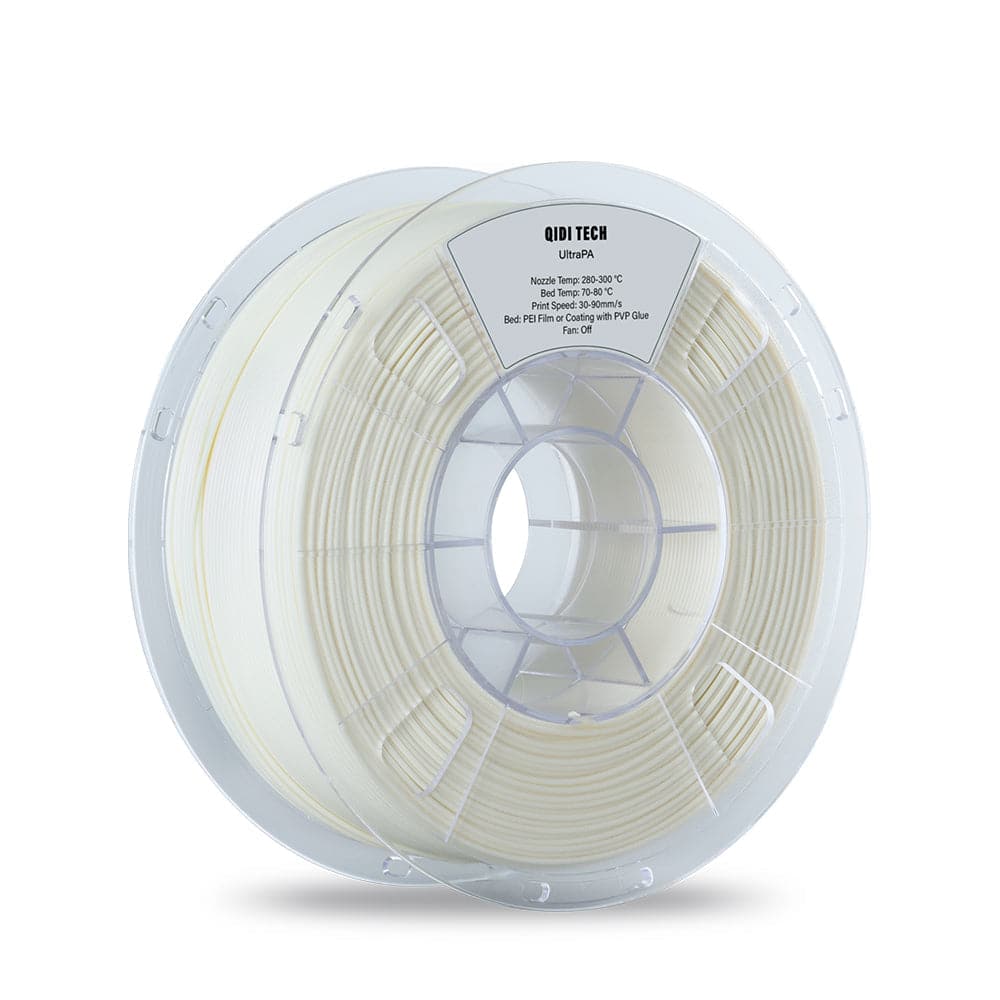Unleashing Creativity: Discover the Magic of Nylon Filament in 3D Printing!
Nylon filament has emerged as a game-changer in the world of 3D printing, captivating the attention of both hobbyists and professionals alike. This versatile material, known for its exceptional strength and flexibility, is transforming the way we approach design and manufacturing. As the popularity of 3D printing continues to surge, nylon filament stands out as a preferred choice for makers aiming to create durable and intricate designs. From prototyping to crafting functional parts, the applications of nylon filament are vast, making it a staple in the toolkit of modern creators. In this article, we will delve deep into the properties, applications, and tips for working with nylon filament, uncovering the magic it brings to 3D printing.

Understanding Nylon Filament
Nylon filament is a type of thermoplastic, derived from the polyamide family of polymers. The chemical composition of nylon includes repeating units of amide, which contribute to its unique properties. In the realm of 3D printing, there are several types of nylon, with Nylon 6 and Nylon 12 being the most commonly used. Nylon 6, known for its strength and toughness, is ideal for applications that require high mechanical performance. On the other hand, Nylon 12 is favored for its flexibility and lower moisture absorption, making it suitable for parts that need to withstand varying environmental conditions. Understanding these distinctions is crucial for makers as they select the right filament for their projects.
Properties of Nylon Filament
Nylon filament boasts a remarkable set of properties that make it an excellent choice for 3D printing. Its strength is one of the most notable features, allowing for the creation of robust parts that can endure stress and strain. Additionally, nylon offers impressive flexibility, enabling the production of parts that require bending or stretching without breaking. Durability is another significant advantage; nylon is resistant to wear and tear, making it suitable for functional components that will be subjected to regular use. Furthermore, nylon exhibits excellent resistance to heat and chemicals, which is particularly beneficial for applications in automotive and industrial sectors. These properties combined make nylon filament a versatile material that can meet the demands of various 3D printing projects.
Applications of Nylon Filament in 3D Printing
The applications of nylon filament in 3D printing are diverse and impactful. In the realm of prototyping, designers often turn to nylon to create functional models that can withstand rigorous testing. For instance, a friend of mine, an industrial designer, frequently uses nylon filament to produce prototypes for automotive parts, thanks to its ability to mimic the performance of final products. Beyond prototyping, nylon filament is also used to create functional parts, such as gears, brackets, and casings, where durability and strength are paramount. Additionally, artists and hobbyists utilize nylon in their creative endeavors, crafting intricate sculptures and designs that showcase the material's versatility. Industries ranging from aerospace to fashion have begun to harness the power of nylon filament, demonstrating its broad applicability across various fields.
Tips for 3D Printing with Nylon Filament
Successfully printing with nylon filament requires attention to detail and a few key strategies. First and foremost, selecting the right printer settings is crucial; a heated bed is often recommended to prevent warping, as nylon can be prone to this issue. A temperature range of 240-260°C is typically ideal for extruding nylon. Adhesion techniques are equally important; using a glue stick or specialized adhesive can help ensure that the first layer adheres well to the print bed. Post-processing tips, such as sanding or applying a protective coating, can enhance the final appearance and durability of the printed object. Lastly, storing nylon filament properly, away from moisture, is essential to maintain its quality, as nylon is hygroscopic and can absorb water from the air.
Maximizing the Potential of Nylon Filament
Nylon filament presents an incredible opportunity for creators in the 3D printing landscape, offering a unique combination of strength, flexibility, and durability. Its wide range of applications, from prototyping to artistic creations, underscores its versatility and creative potential. As more makers experiment with nylon filament, they unlock new possibilities in design and manufacturing. Whether you are a seasoned professional or a curious beginner, embracing nylon filament in your 3D printing projects can lead to exciting and innovative results.








